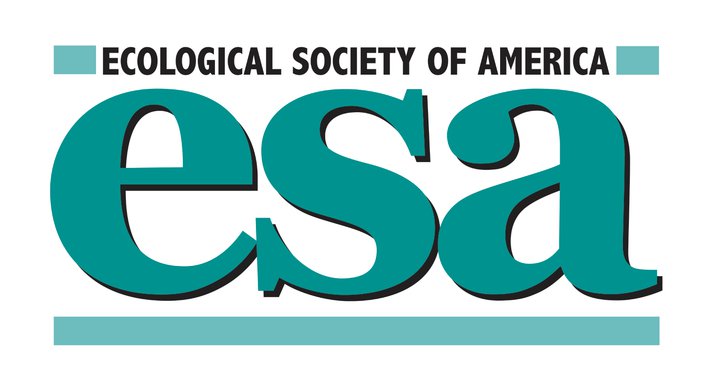Location
The Ecological Society of America (ESA) is a nonpartisan, nonprofit organization of scientists founded in 1915 to:
- promote ecological science by improving communication among ecologists;
- raise the public’s level of awareness of the importance of ecological science;
- increase the resources available for the conduct of ecological science; and
- ensure the appropriate use of ecological science in environmental decision making by enhancing communication between the ecological community and policy-makers.
Ecology is the scientific discipline that is concerned with the relationships between organisms and their past, present, and future environments. These relationships include physiological responses of individuals, structure and dynamics of populations, interactions among species, organization of biological communities, and processing of energy and matter in ecosystems.
Members:
Resources
Displaying 1 - 5 of 47Connecting people and places: the emerging role of network governance in large landscape conservation
The most important land and water issues facing North America and the world â including landâuse patterns, water management, biodiversity protection, and climate adaptation â require innovative governance arrangements. Most of these issues need to be addressed at several scales simultaneously, ranging from local to global. They require action at the scale of large landscapes given that the geographic scope of the issues often transcends the legal and geographic reach of existing jurisdictions and institutions.
longâterm evaluation of applied nucleation as a strategy to facilitate forest restoration
Applied nucleation is a restoration technique that seeks to facilitate woodyâplant establishment by attracting birds or other animals that may introduce seeds of dispersalâlimited species. In 1991, an experimental test of applied nucleation was initiated in an abandoned landfill in New Jersey, USA. Trees and shrubs were planted into 16 10Â ÃÂ 10Â m plots, covering
moral basis for conservation: how is it affected by culture?
We believe that conservation practice is sometimes inhibited by misguided respect for the cultural background in which conservation problems occur. This respect may be rooted in a philosophical standpoint asserting that culturally distinct values cannot be objectively judged against one another, and that those values are therefore equally valid. Here we consider the influence of this school of thought, known as âmoral relativismâ, in the context of the moral basis for biodiversity conservation as it is currently understood.
stochastic movement simulator improves estimates of landscape connectivity
Conservation actions often focus on restoration or creation of natural areas designed to facilitate the movements of organisms among populations. To be efficient, these actions need to be based on reliable estimates or predictions of landscape connectivity. While circuit theory and least‐cost paths (LCPs) are increasingly being used to estimate connectivity, these methods also have proven limitations. We compared their performance in predicting genetic connectivity with that of an alternative approach based on a simple, individual‐based “stochastic movement simulator” (SMS).
Native wildflower plantings support wild bee abundance and diversity in agricultural landscapes across the United States
Global trends in pollinatorâdependent crops have raised awareness of the need to support managed and wild bee populations to ensure sustainable crop production. Provision of sufficient forage resources is a key element for promoting bee populations within human impacted landscapes, particularly those in agricultural lands where demand for pollination service is high and land use and management practices have reduced available flowering resources.


